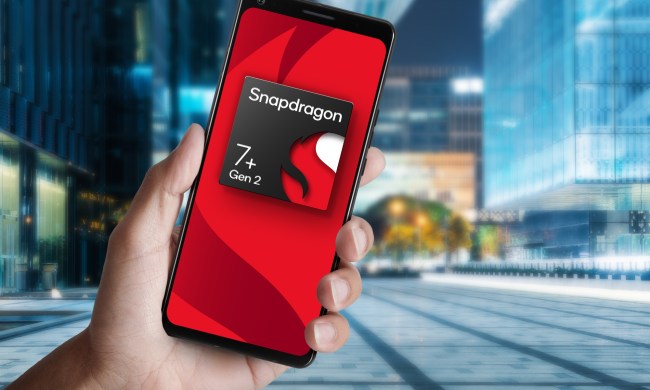Apple’s iPhone has traditionally held security as an edge over Android smartphones. We hear about a new Android malware or Google Play vulnerability every single week. That’s not to say the iPhone is perfect — but Android’s fragmented ecosystem, where manufacturers and carriers don’t update phones to the most recent version of Android, presents serious security complications.
We hear about a new Android malware or Google Play vulnerability every single week.
That’s what Qualcomm is trying to change. The Secure Processing Unit (SPU) is an isolated security-focused processor embedded in the Snapdragon 845 system-on-a-chip. It’s built specifically to protect data that’s most important to you. Hacks and data breaches are becoming increasingly common — even biometric data could be stolen, like the fingerprint you use to get into your phone, or face data if your phone uses facial recognition technology like the iPhone X.
With the introduction of the SPU, Qualcomm wants to store all that biometric data in the vault-like environment, which is similar to what Apple does with the Secure Enclave on its A11 Fusion processor in the iPhone. The Secure Enclave Processor boasts its own microprocessor and encrypted memory, and it handles ultra-sensitive data like Face ID data and decryption keys. The SPU stores similar sensitive data, and it’s kept separate from other components on the Snapdragon 845 to prevent hacking.
It’s not just protecting biometric data, but also payment information, SIM information, and more. Eventually, it could help protect everything you do on your Android phone. When you take a photo on a phone with the Snapdragon 845, for example, the SPU will create an encrypted unique key that’s stored in the same place for decryption. It’s an added layer of protection, and developers like Facebook could use the SPU to generate keys for things like Facebook Messenger messages with your friends and family — all on-device.

The SPU boasts its own little processor, its own memory, and it is even power-separated from other components on the chip, so it never needs to rely on other less secure components of the Snapdragon 845. Everything it does is in a locked, safe environment.
There’s still a lot we don’t know about the Snapdragon 845 SPU, but Qualcomm’s Product Director, Gary Brotman, said that’s a good thing — the less we know about it, the less the bad guys know about it. Will it make for a totally secure and hack-free phone? Probably not — but it’s a step in the right direction for Android devices, and most importantly, for consumers.
